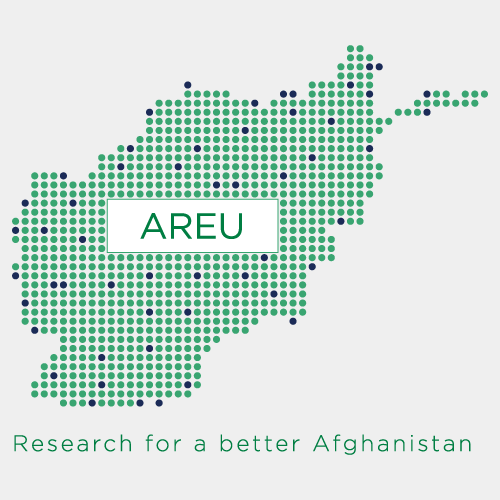
15 Mar AREU Research Paper Documents the Rise of the Deserts of Southwest Afghanistan and its Impact on Migration, Poppy and Stability
Kabul, 7 May 2020: The Afghanistan Research and Evaluation Unit (AREU) has recently published its recent synthesis paper, “When the Water Runs Out: The Rise (and Inevitable fall) of the Deserts of Southwest Afghanistan and its Impact on Migration, Poppy and Stabilityâ€. This paper was written by the AREU lead expert on opium and rural livelihoods, Dr. David Mansfield, and financially supported by the European Union (EU). This paper is part of the EU three-pronged research effort into essential areas of Natural Resources Management (NRM) project.
The paper is based on fieldwork conducted over a ten-year period, using high-resolution remote imagery and in depth fieldwork charts, looking into the processes that led to the encroachment, settlement and transformation of the deserts of the southwest. The paper has explained how patterns of migration to these areas varied over time and by location as well as detailing how these once barren landscapes have been transformed into areas of permanent settlement. The question of how this rapid transformation of the former desert areas has affected the population residing there and the threats to the long-terms viability of their livelihoods have also been documented in the paper.
It has also included research on the particularly challenging lives of the women living in these desert areas, who talk of their isolation, depression and even suicides. This is a result of several factors that came to be after the influx of migration to Afghanistan’s southwestern desert, such as: isolation from families and friends who remained in their place of origin, the increased burden of agricultural labor in the barren desert landscape, and the absence of education and health services. It is also important to note that these desert communities are highly dependent on opium production as a means of livelihood, including the cash it generates to invest in what are high cost farming techniques. As such, the population’s welfare ebbs and flows with the price and productivity of its opium crop. When opium yield fall and crops fail - as they did for four consecutive years between 2012 and 2015 - the impact on household income is significant. Low opium prices have the same deleterious effect, forcing households to reduce expenditures on food and healthcare and to look for new ways to reduce the costs of farming inputs, including the uptake of new, even more efficient technologies.
What is of greatest concern is that with almost 1.4 million people now living in these former desert areas in the southwest, and increasing numbers of farmers installing deep wells powered by solar technology, the ground water these farmers depend on for their livelihoods is fast running out. There are questions over where these people would go when they no longer have water for their households, livestock and irrigation. Most of these farmers felt compelled to migrate to the desert, fleeing fighting and the prohibition of opium in the more accessible irrigated areas, and firmly believe that they were denied development assistance due to their landless status and government corruption.
When the current economic efforts fail, will the population of these former desert areas return to the areas where they came from? Is there sufficient land for them to farm and sustain their families? Having lived under the auspices of the Taliban - and having little affection for the government - would these returnees agitate against the authorities? Perhaps some would go to the cities, further increasing the population pressure there. Are there the jobs, housing and services to absorb these migrants, particularly in Kabul where the ground water is already under threat of depletion. Finally, what is the risk that a proportion of this group of 1.5 million (and the others in former desert areas beyond the southwest) look to be smuggled
abroad, joining the many that have already left Afghanistan, and find themselves in Iran, Turkey and Europe?
Given these unresolved issues, the author has made a number of recommendations for the mitigation of the pressures on this desert population. According to the paper, not only should the factors driving migration to these former desert areas be addressed, but attention should also be paid to interventions that might ease the economic, social and environment challenges that those living there currently face. This is necessary in reducing the potential, and subsequent effects of a massive displacement of people within Afghanistan, to neighboring countries and possibly further afield.
“I am confident that this comprehensive paper could be used as a critical resource on rural migration, environmental aspects of using ground water and an important source for developing realistic policies to addressing the current questions about the population of the former southwest desert areas,†said Dr Orzala Nemat, the Director of AREU.
She added that the organization is “grateful to our stakeholders, particularly the EU for the generously funding of this project.â€
Click here to see the full report.
For further information, please contact:
Mobile: 0799608548

